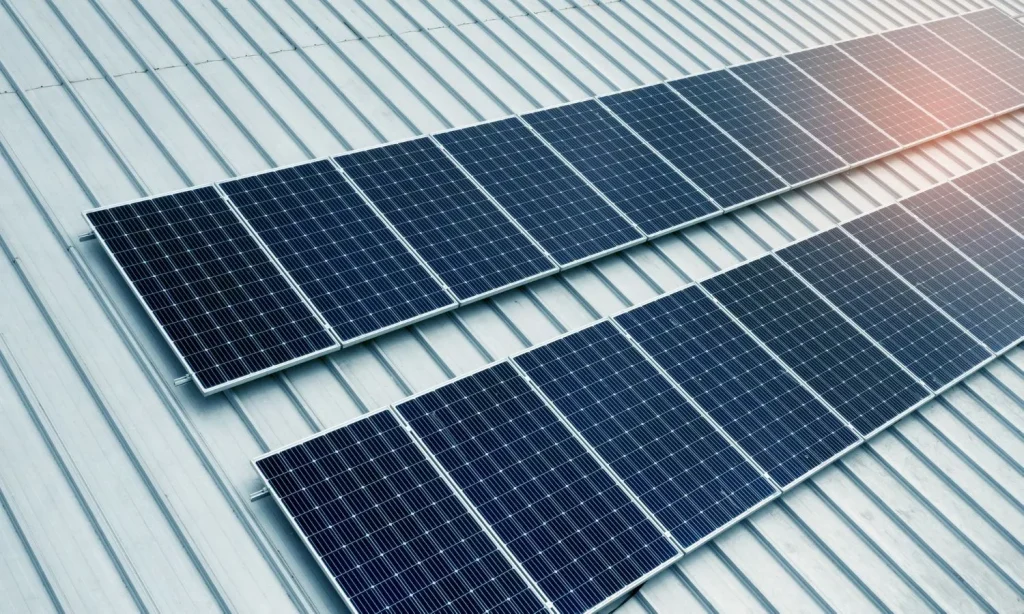Tin halide perovskites (THPs) are eco-friendly alternatives to lead-based solar cells, but their efficiency remains lower due to poor thin-film quality. Creating 2D/3D heterostructures helps improve crystallization and reduce defects, but the slower nucleation of 2D THPs causes phase segregation, affecting performance and durability.
University of Queensland researchers have achieved a record solar cell efficiency of 16.65% with THP technology—nearly one percentage point higher than the previous best. This significant breakthrough matches many silicon-based solar cells but offers the potential to be cheaper and faster to produce.
Professor Wang’s lab broke a record for THP solar cell efficiency, marking another milestone in advancing renewable energy. This achievement comes five years after the team set a power conversion benchmark using quantum dots, which inspired methods to improve THP thin-film solar cells. Dr. Dongxu He highlighted THP solar cells’ commercial potential due to their sustainability compared to silicon-based alternatives.
Tin halide perovskites (THPs) offer the eco-friendly advantage of using tin instead of toxic lead, making them safer for home installations. However, using tin precursors previously resulted in low-quality thin films, reducing efficiency.
Optimizing the stability of low-cost, large-area solar modules
Dr. Peng Chen and the research team addressed this issue by adding cesium ions, which improved the microstructure and reduced defects in the THP films, enhancing their performance.
This enabled them to achieve a record level of efficiency while still producing a product that met stringent environmental standards.
The improved efficiency and adaptability of THP solar cells position them as strong contenders for household photovoltaic panels, making them suitable for both outdoor and indoor use. Additionally, the techniques outlined in the study could be extended to other advanced technologies that require high-quality perovskite films, including lasers, photodetectors, and transistors.
Journal Reference:
- He, D., Chen, P., Steele, J.A. et al. Homogeneous 2D/3D heterostructured tin halide perovskite photovoltaics. Nat. Nanotechnol. (2025). DOI: 10.1038/s41565-025-01905-4
